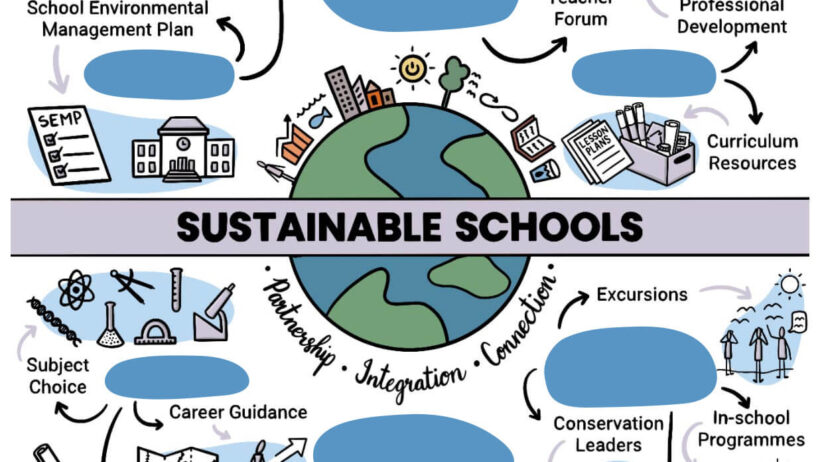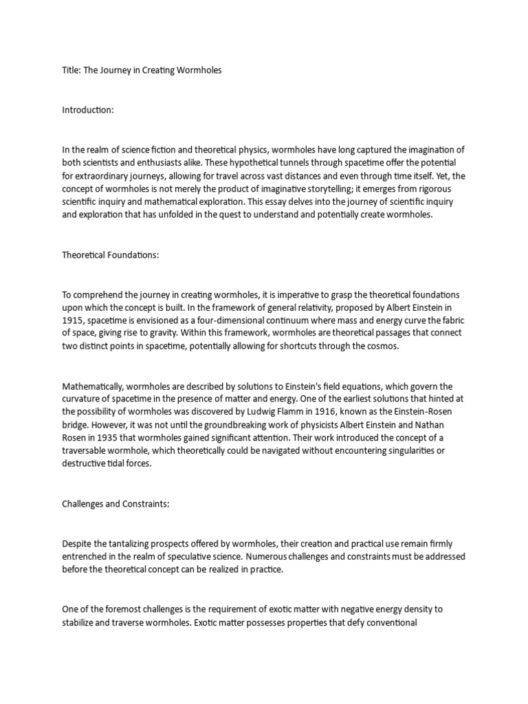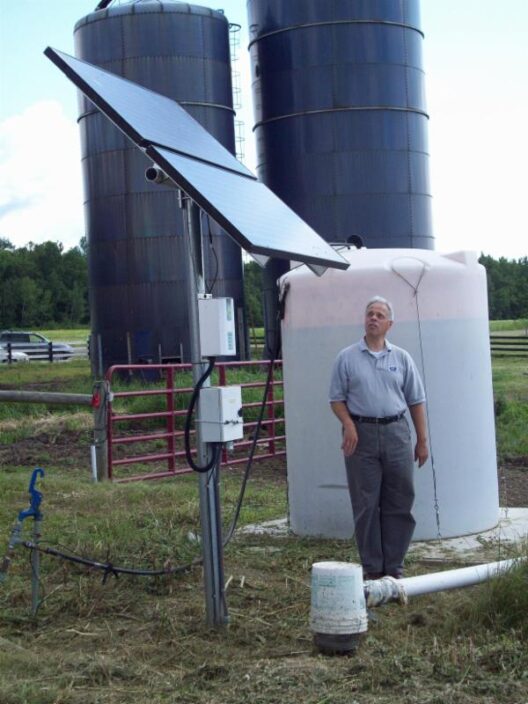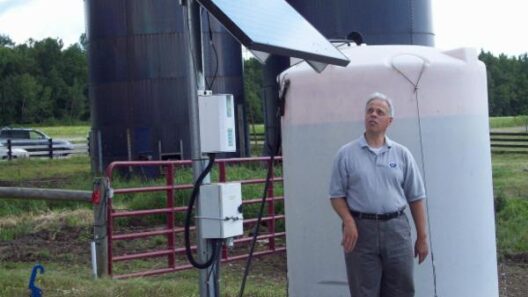In the realm of education, classrooms have long been viewed merely as spaces for instruction. Yet, as the global dialogue around sustainability intensifies, a transformative perspective emerges: classrooms can serve as vital incubators for energy conservation. Energy consumption in schools is substantial; thus, adopting smart, sustainable practices not only contributes to the planet’s health but also cultivates an educational environment poised for the future. Here are five compelling methodologies to conserve energy within educational institutions.
1. Embrace Renewable Energy Solutions
One of the most effective ways to transition towards sustainability is through the integration of renewable energy sources. Solar panels, for instance, can significantly reduce reliance on fossil fuels. By harnessing the sun’s energy, schools can generate their own power, thus minimizing electricity costs over time. Additionally, wind energy presents a viable alternative in regions with sufficient wind resources. These renewable infrastructures not only limit carbon emissions but can also serve as pedagogical tools, allowing students to engage with the science of energy generation directly.
Moreover, implementing solar thermal systems for heating purposes can enhance efficiency. These systems utilize sunlight to produce hot water, providing a sustainable solution for schools’ heating needs while lowering their greenhouse gas emissions. In adopting such measures, educational institutions not only decrease their ecological footprints but also lead by example, inspiring students to consider renewable energy solutions in their future endeavors.
2. Optimize Energy Efficiency in Lighting
Lighting, often an overlooked component of energy consumption, represents a significant portion of a school’s utility expenses. Upgrading to LED lighting is a prudent step towards energy conservation. LEDs utilize a fraction of the energy compared to traditional incandescent bulbs while offering a longer lifespan, thus reducing waste over time. This switch not only lowers energy bills but also provides superior illumination, enhancing the learning environment.
Furthermore, schools can maximize natural light through architectural designs and strategies. Installing large windows, skylights, and using light-colored surfaces can decrease the need for artificial lighting during daylight hours. This natural approach to illumination has psychological benefits too; exposure to natural light has been shown to improve focus and mood, creating a more conducive atmosphere for learning. By fostering a connection with the outdoors, students also gain an appreciation for natural resources and environmental stewardship.
3. Implement Smart Thermostat Technology
Temperatures in schools can fluctuate significantly throughout the day, affecting both comfort levels and energy consumption. Smart thermostats offer a sophisticated solution to this challenge. These devices can be programmed to adjust heating and cooling based on occupancy and time of day, ensuring that energy is not wasted in unoccupied classrooms.
Moreover, integrating these systems with building management systems can lead to even greater efficiencies. Advanced algorithms allow schools to monitor and manage their energy usage proactively. In doing so, they can identify patterns and areas for improvement, resulting in a substantial reduction in energy waste. When students actively engage in monitoring these energy-saving measures, they develop valuable skills in sustainability and critical thinking, thus enhancing their educational experience.
4. Foster a Culture of Conservation
Technology and infrastructure improvements are vital; however, the human element is equally crucial in ensuring energy conservation within schools. Creating a culture of conservation involves engaging students, faculty, and staff in sustainability initiatives. Educational programs focused on the importance of energy conservation can empower students to contribute actively to their school’s efforts. For instance, establishing energy committees can encourage students to take ownership of the school’s energy practices.
Competitions, such as “Energy Saving Weeks,” can stimulate interest and commitment. By challenging classes to reduce energy consumption, schools promote teamwork while cultivating a sense of responsibility towards environmental stewardship. Celebrating success through recognition not only reinforces positive behaviors but also motivates others to partake in the conservation efforts. This grassroots movement fosters accountability and equips students with the knowledge they need to impact their future communities.
5. Encourage Sustainable Transportation Options
Energy conservation extends beyond the classroom walls, encompassing the commute to school as well. Promoting sustainable transportation options such as walking, biking, carpooling, or utilizing public transit not only reduces energy consumption but also alleviates traffic congestion and air pollution around school zones.
Implementation of safe bike paths and secure bike storage facilities can encourage more students to cycle, while carpooling initiatives can be facilitated through organized programs that connect families. Schools can also collaborate with local governments to improve public transit accessibility for students. By embedding sustainability into the fabric of daily routines, schools can greatly lower their overall energy consumption, instilling lifelong practices in energy-conscious behavior.
In conclusion, sustainable classrooms represent a microcosm of a larger movement towards environmental responsibility. By implementing renewable energy, optimizing lighting, using smart heating technologies, fostering a culture of conservation, and promoting sustainable transportation, educational institutions can significantly contribute to energy conservation efforts. These strategies not only cultivate an awareness and appreciation for the environment among students but also prepare them to navigate the challenges of an increasingly resource-constrained world. The commitment to sustainability in education catalyzes a profound shift in perspective, integrating the principles of conservation into the very heart of the learning experience.








